I've done this in Scala. The Dr Dobbs article was extremely useful to me.
Sample image:

Here's my basic algorithm:
def createMosaic(targetImage:BufferedImage,
index:PhotoIndexer.PhotoIndex,
opacity:Float,
targetWidth:Int,
targetHeight:Int,
numRows:Int,
numColumns:Int, callback:PhotoMosaicCallback): ImageGrid = {
var indexCopy = index
// Map from the buffered image to that image's average color
var colorMap:Map[BufferedImage,Color] =
index.values.map(data => (data.thumbnail, data.avgColor)).toMap
// We look at rectangular regions of the target image, calculate their average
// colors, and then pick images that match those colors.
val sampleWidth = targetImage.getWidth / numColumns
val sampleHeight = targetImage.getHeight / numRows
// Used to report the progress of the process
var counter = 1
val numSubImages = numRows * numColumns
val imageGrid:ImageGrid = Array.fill(numRows, numColumns)(Nil)
// for each patch in the image
for (row <- 0 until numRows) {
for (column <- 0 until numColumns) {
val x = column * sampleWidth
val y = row * sampleHeight
// This is the small rectangular region of the target image that we're
// currently considering
val subImage = targetImage.getData(new Rectangle(x,y,sampleWidth,sampleHeight))
val avgImageColor = calculateColorFromRaster(subImage)
val nearest:Seq[BufferedImage] = getNearestColorImages(avgImageColor, colorMap)
// nearest is in sorted order; pick one of them and draw it to correct place in
// image
imageGrid(row)(column) = nearest
callback.photosCalculated(row, column, nearest)
val percent = 100.0 * counter / numSubImages
// TODO: for GUI version, use a display bar
if (counter % 100 == 0) {
println(percent + " completed (" + counter + " of" + numSubImages + ")")
}
counter+=1
}
}
imageGrid
}
My full sourcecode is available on github
